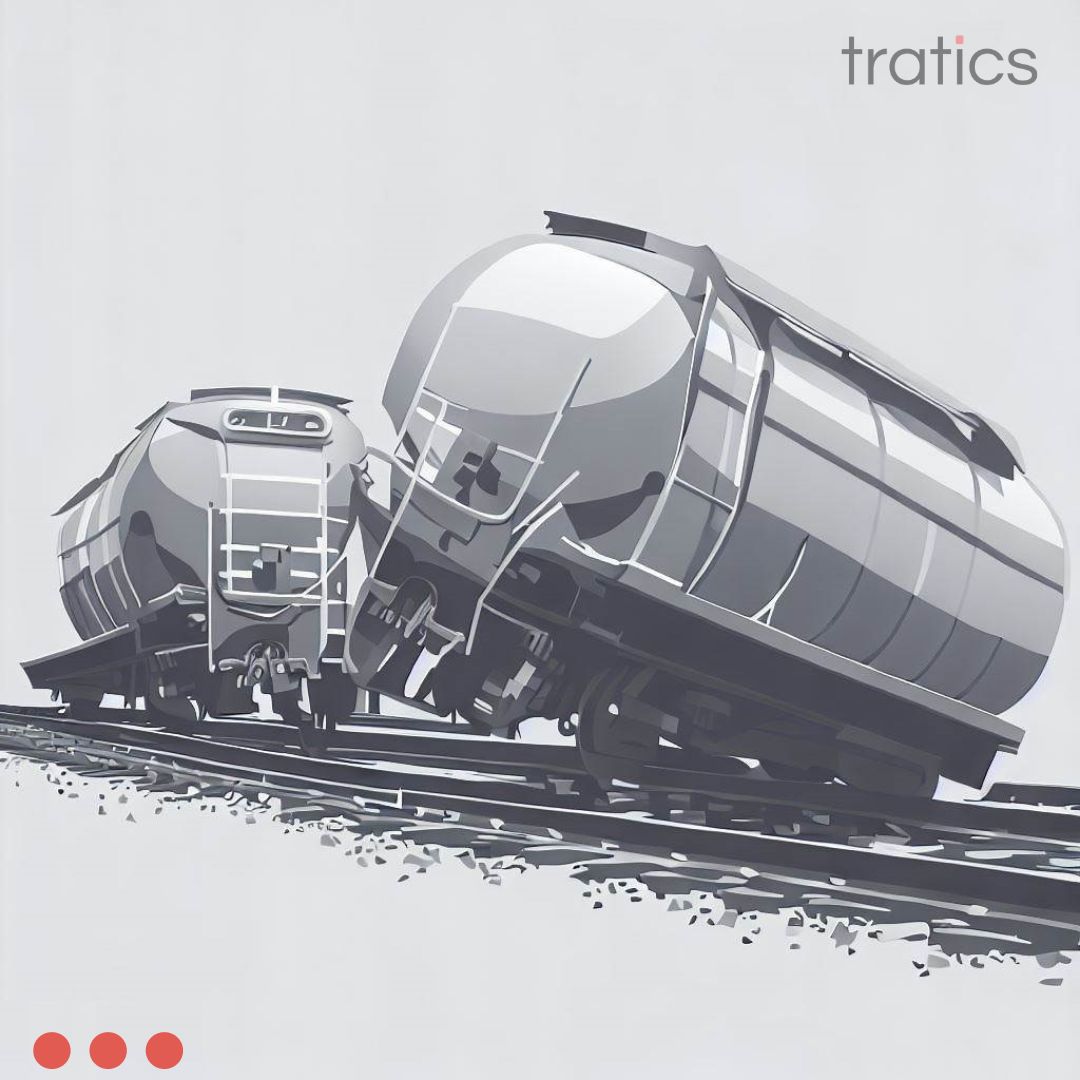Railroads have been a vital part of the transportation infrastructure, and they will continue to serve as the backbone of commerce and trade. Railroads can transport large volumes of goods over long distances in an efficient and environmentally sensitive way. However, as with any human action, rail transportation of goods comes with the potential for accidents. Rail accidents are particularly dangerous when they involve the transportation of hazardous materials.
The recent derailment near Springfield, Ohio involving Norfolk Southern has brought attention to the risk of this type of dangerous rail accident. An analysis of the causes of the accident revealed a safety issue with loose wheels on a specific model and series of rail cars. Norfolk Southern found cases of "unusual wheel movement" on other rail cars in the same series that it recently acquired, which are also used by other rail operators. As a result, the Association of American Railroads issued an advisory to halt the use of these cars until they can be inspected for the wheel sets in question. Approximately 675 of these railcars were initially identified to have this issue in use nationwide, with Norfolk Southern reporting about 200 of them. Norfolk Southern is pulling the impacted rail cars from operation to replace the wheel sets.
Despite the potential risks associated with the transportation of hazardous materials, rail transportation is one of the safest modes of transportation for moving freight. Railroads have made significant investments in safety over the years, investing billions of dollars in safety enhancements and improvements to the rail network. This has resulted in progressive improvements in rail transportation safety. According to the Federal Railroad Administration (FRA), which regulates and oversees rail safety in the United States, the overall train accident rate has declined steadily in recent decades. In 2020, the train accident rate, which includes incidents such as train derailments and collisions, reached its lowest level in history, with a 3.16% decrease compared to the previous year.
The Railroads continuously review and update internal safety processes, procedures, training, education, and safety communication with their staff, customers, and the public. However, the key differentiator that will help improve safety is the use of new and advanced technology. For example, sensors and other monitoring devices can be used to detect potential safety hazards in real-time. Analytics and artificial intelligence can also be used to identify potential risks and prevent accidents before they occur. This can help to prevent derailments and other incidents that could be dangerous to workers and nearby communities.
Regulators play a crucial role in ensuring rail safety by establishing and enforcing regulations that govern the safety standards for operating railroads. But the regulators also play a key role in sponsoring and supporting new safety technologies. For-profit corporations will not invest in new technologies if they cannot identify a clear rate of return on their investment. But regulatory and legislative bodies have the responsibility to support public goods, such as transportation safety. Here are some ideas that regulators might consider in their efforts to help enhance rail safety:
- Incentivize and subsidize new safety technologies, especially in cases where they do not make sense financially for companies. This could be done through safety technology competitions, startup funding, and grants for railroads.
- Create labs and support engineering research into new ideas and products that can increase safety.
- Provide incentives or create joint programs with the Railroads that are focused on testing and evaluating new technologies.
There is always more that can be done to improve safety. By continuing to invest in advanced technology, training, and communication, the industry can ensure that freight rail transportation is as safe as possible for their workers and communities.


